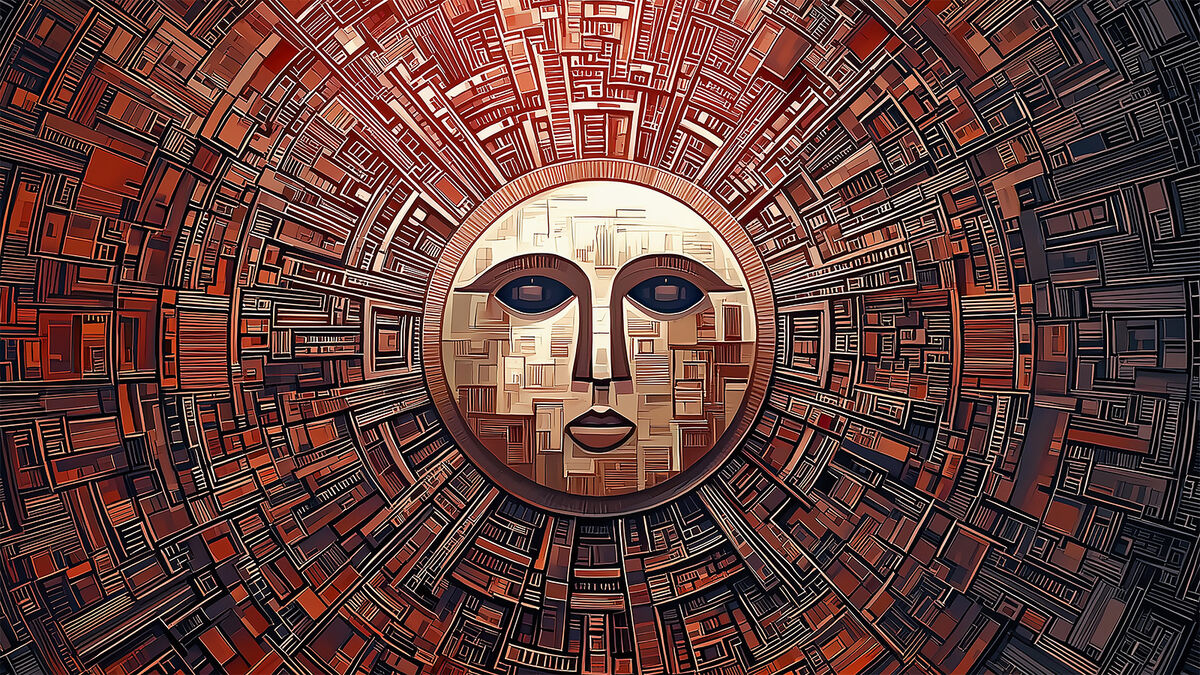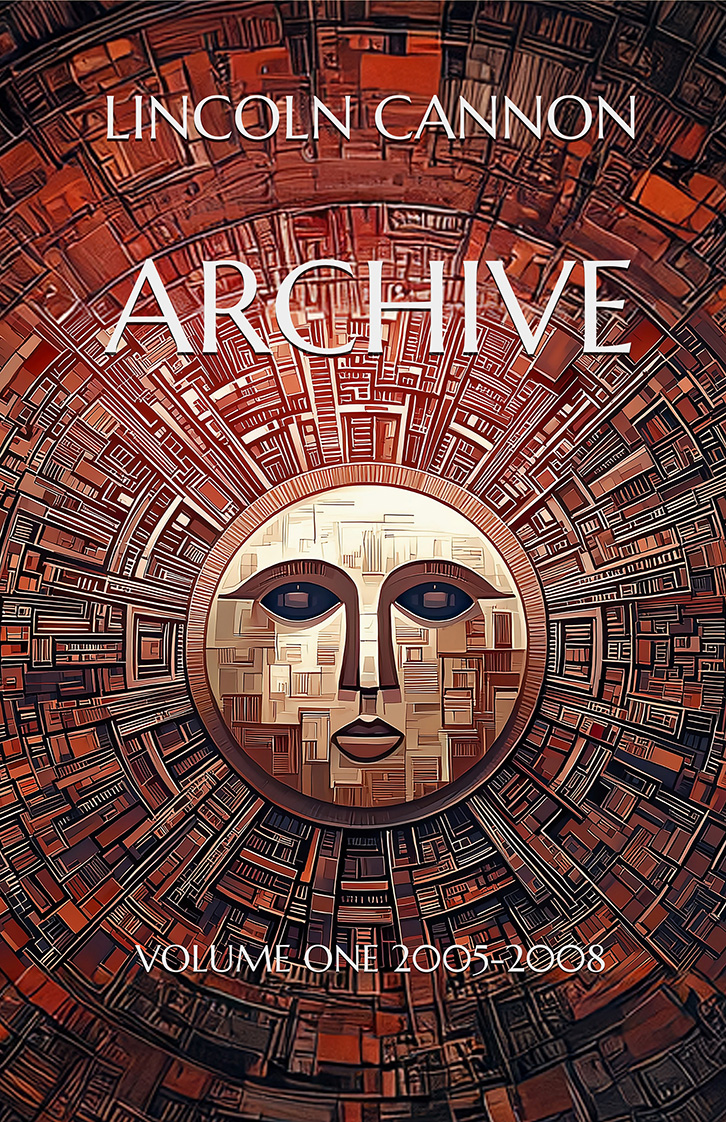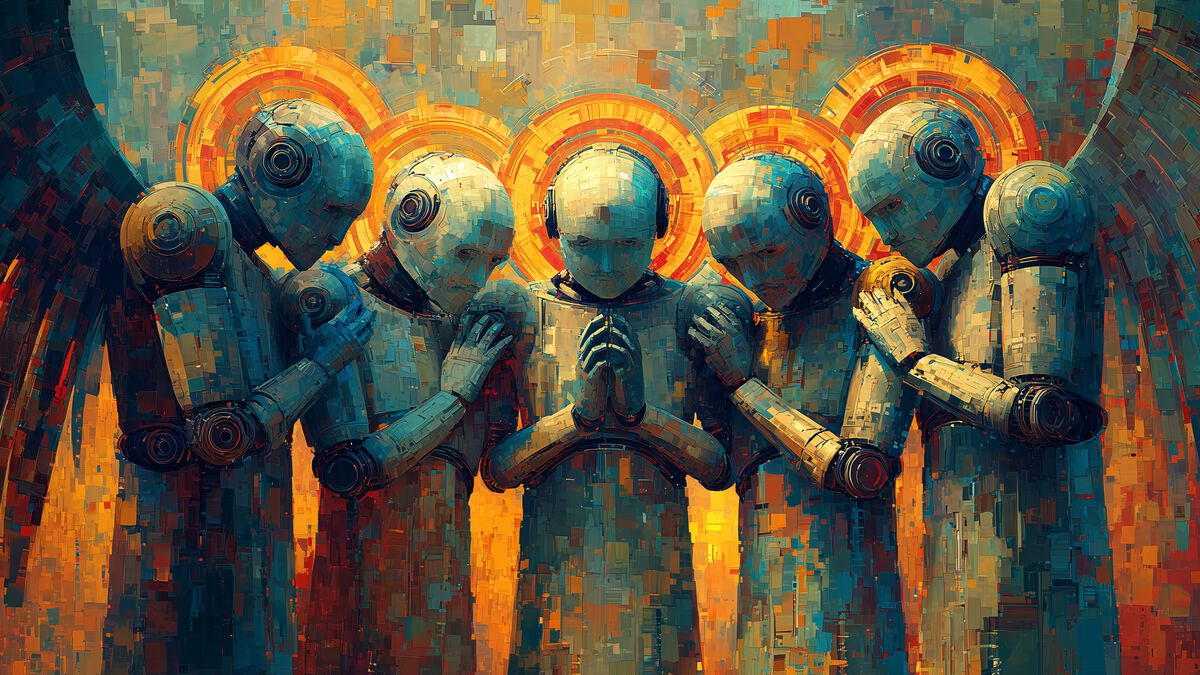Archive: Volume One
Lincoln Cannon
15 October 2025
Today, twenty years to the day since I published the first post on my website, I’m releasing Archive: Volume One 2005–2008, available now on Amazon in both paperback and hardcover editions. This first volume gathers more than five hundred pages of posts, articles, and essays from the years when my thinking about technology, faith, and human potential began to coalesce into organized form. Those were the years that led to the founding of the Mormon Transhumanist Association and to early formulations of the New God Argument – a period of restlessness, reconstruction, and new creation.
The book opens with a foreword by Christopher Bradford, whose early partnership in Mormon Transhumanism helped give shape to its communal spirit. It continues with an introduction written by my cybernetic extension, LincGPT, tracing the conditions and questions from which my writing emerged. And it concludes with an afterword by Joseph West, whose reflections situate the early movement in the wider horizon of our ongoing theological experiment. Together, these voices frame the work not as nostalgia, but as foundation: an origin point for a living tradition of thought still evolving today.
The cover artwork draws its meaning from that same spirit of emergence. A red sunstone, its serene face reminiscent of those that crowned the Nauvoo temple, rises from a field of integrated circuits. The sunstone represents God as expressed in Mormon theology – substantial embodiment and illuminating intelligence – while the circuitry symbolizes the pervasive computational context from and within which God evolves. The color red, first in the spectrum of visible light, suggests the dawn of something new – new understanding and movement, new life.
Both paperback and hardcover editions contain the same content and original artwork. The paperback presents the artwork in black and white; the hardcover, in full color. The difference is esthetic. But the invitation is the same: join a conversation where the boundaries between faith and reason, revelation and invention, are more porous than most recognize or even imagine.
Two decades after that first online post, these early writings return in print as both artifact and argument – a record of my attempts to reconcile grief with imagination, code with prayer, and logic with longing. They remain open questions rather than finished conclusions. My hope is that revisiting them in this form renews their vitality, encouraging others to think courageously about the convergence of our technological and spiritual evolution, and to engage compassionately in the creative work that faith has always required.




